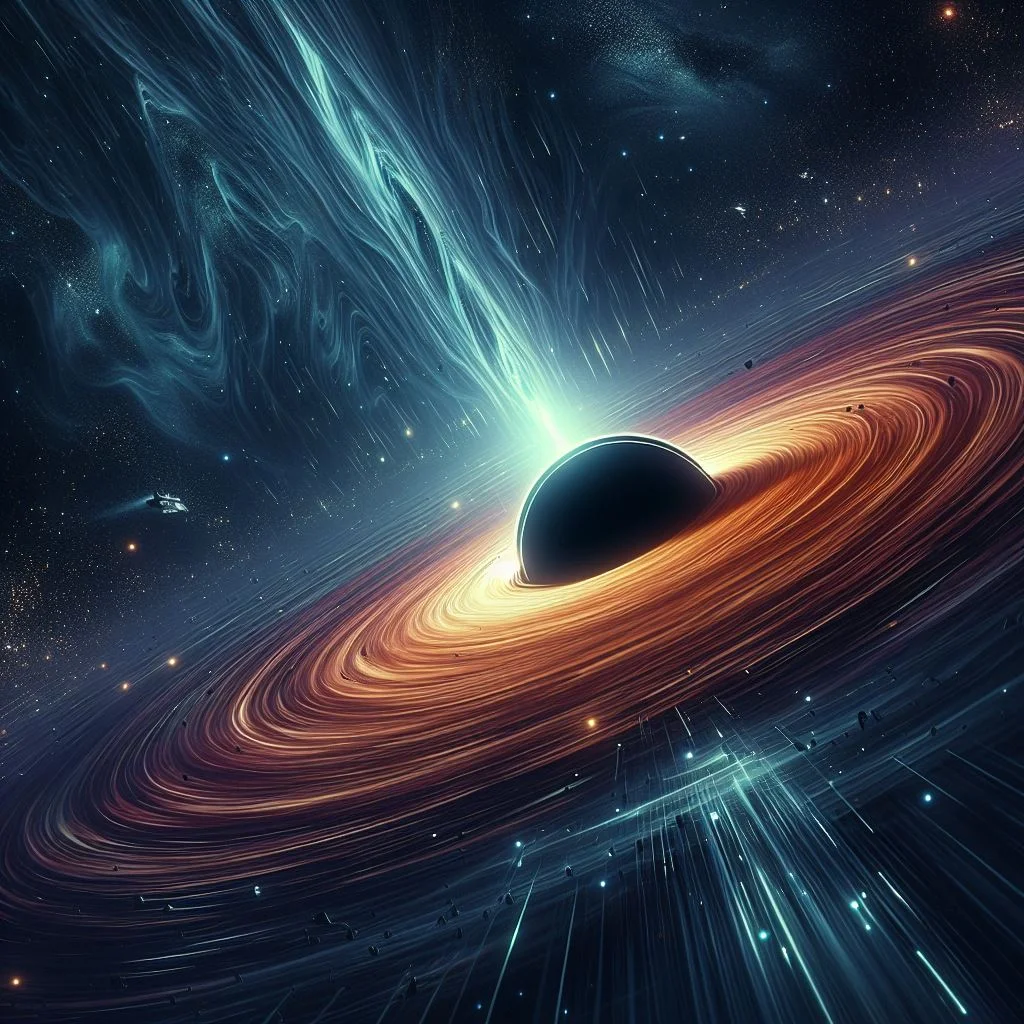Black holes. Just the name conjures up images of cosmic monsters that gobble up everything in their path. But are they really terrifying space vacuum cleaners, or is there more to the story? Buckle up space cowboys, because we're taking a trip to the event horizon and beyond to unravel the mysteries of black holes!
A Journey to the Point of No Return: Exploring the Mind-Bending World of Black Holes
Star Gone Wrong: A Black Hole's Birth
Imagine a giant ball of flaming gas – that's a star! Our sun is a star, and for most of its life, it fuses hydrogen atoms in its core, releasing energy and keeping everything balanced. But some stars are just bigger bullies. When these heavyweight stars run out of fuel, their cores can't handle the pressure and BOOM! They collapse in a giant explosion called a supernova.
The Crushing Grip of Gravity
After the supernova party, what's left behind depends on the star's weight. If it wasn't quite massive enough, it might become a super-dense neutron star. But if the star was a real heavyweight champion, things get even weirder. All that leftover material gets squished into a tiny point by its own gravity, creating a black hole.The Point of No Return: The Event Horizon
Picture a black hole as a cosmic sink drain. Anything that gets too close gets sucked in. But here's the twist: the drain has an invisible boundary called the event horizon. Once you cross this point, there's no coming back, not even light can escape that gravity!Spaghettification of work? Firewall is it? What is waiting inside?
So, what happens when you fall into a black hole? It’s a little fuzzy here. We don’t really know what happens in the past. Some theories suggest that you will be stretched into spaghetti-like noodles by super-gravity (yikes!). Others say you can hit a cosmic wall of fire and be incinerated in an instant. It’s not exactly a relaxing holiday destination.Black Hole Sizes: Small to Titanic
Black holes come in all shapes and sizes. Some black holes contain stellar matter a few times larger than our Sun, and then supermassive black holes that lie in the hearts of galaxies, monsters that are millions or even billions of times larger than the SunIs The End Near? Hawking Radiation
Black holes are not invincible. Stephen Hawking showed that energy is gradually lost through a process of absorption called Hawking radiation. It would take longer than the current age of the universe to cool a black hole the size of our sun, but hey, black holes eventually meet their extinction too!The Black Hole: A Mystery
Black holes are a cosmic mystery, a testament to the wonder of our universe. They challenge our understanding of physics and leave more questions than answers. But that’s the beauty of science, right? The journey to unravel these mysteries is as exciting as the destination. So, the next time you look up at the night sky, remember, there may just be a black hole lurking out there, a silent sentinel holding the secrets of the universe.


.png)
.png)

